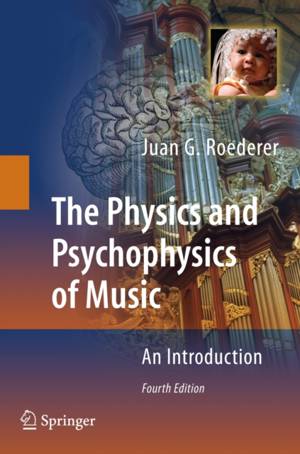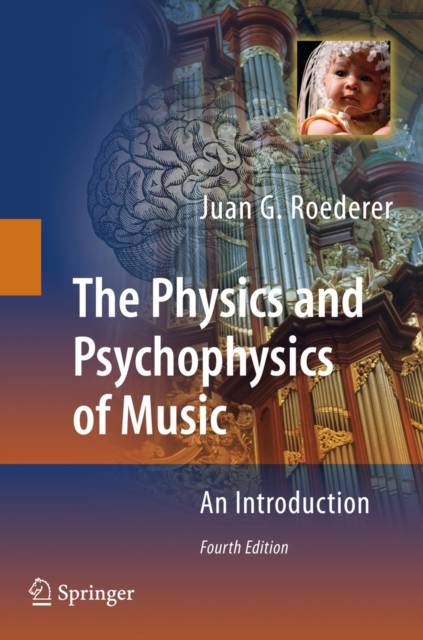
- Afhalen na 1 uur in een winkel met voorraad
- Gratis thuislevering in België vanaf € 30
- Ruim aanbod met 7 miljoen producten
- Afhalen na 1 uur in een winkel met voorraad
- Gratis thuislevering in België vanaf € 30
- Ruim aanbod met 7 miljoen producten
Zoeken
€ 88,45
+ 176 punten
Omschrijving
This introductory text deals with the physical systems and biological processes that intervene in what we broadly call "music. " We shall analyze what obj- tive, physical properties of sound patterns are associated with what subjective, psychological sensations of music. We shall describe how these sound patterns are actually produced in musical instruments, how they propagate through the environment, and how they are detected by the ear and interpreted in the brain. We shall do all this by using the physicist's language and his method of thought and analysis-without, however, using complicated mathematics. Although no previous knowledge of physics, physiology, and neurobiology is required, it is assumedthatthereaderpossesseshigh-schooleducationandisfamiliarwithbasic aspects of music, in particular with musical notation, scales and intervals, musical instruments and typical musical "sensations. " Books are readily available on the fundamentals of physics of music (e. g., Benade, 1990; Pierce, 1983; Fletcher and Rossing, 1998; Johnston, 2003) and psychoacoustics, music psychology and perception (e. g., Plomp, 1976; Deutsch, 1982a; Zatorre and Peretz, 2001; Hartmann, 2005). An excellent text on musical acoustics is that of Sundberg (1991), still most useful 17 years later; comp- hensive discussions of recent researches on pitch perception and related au- tory mechanisms can be found in Plack et al. (2005). The purpose of the present volume is not to duplicate but to synthesize and complement existing literature.
Specificaties
Betrokkenen
- Auteur(s):
- Uitgeverij:
Inhoud
- Aantal bladzijden:
- 229
- Taal:
- Engels
Eigenschappen
- Productcode (EAN):
- 9780387094700
- Verschijningsdatum:
- 9/10/2008
- Uitvoering:
- Paperback
- Formaat:
- Trade paperback (VS)
- Afmetingen:
- 155 mm x 231 mm
- Gewicht:
- 340 g

Alleen bij Standaard Boekhandel
+ 176 punten op je klantenkaart van Standaard Boekhandel
Beoordelingen
We publiceren alleen reviews die voldoen aan de voorwaarden voor reviews. Bekijk onze voorwaarden voor reviews.








